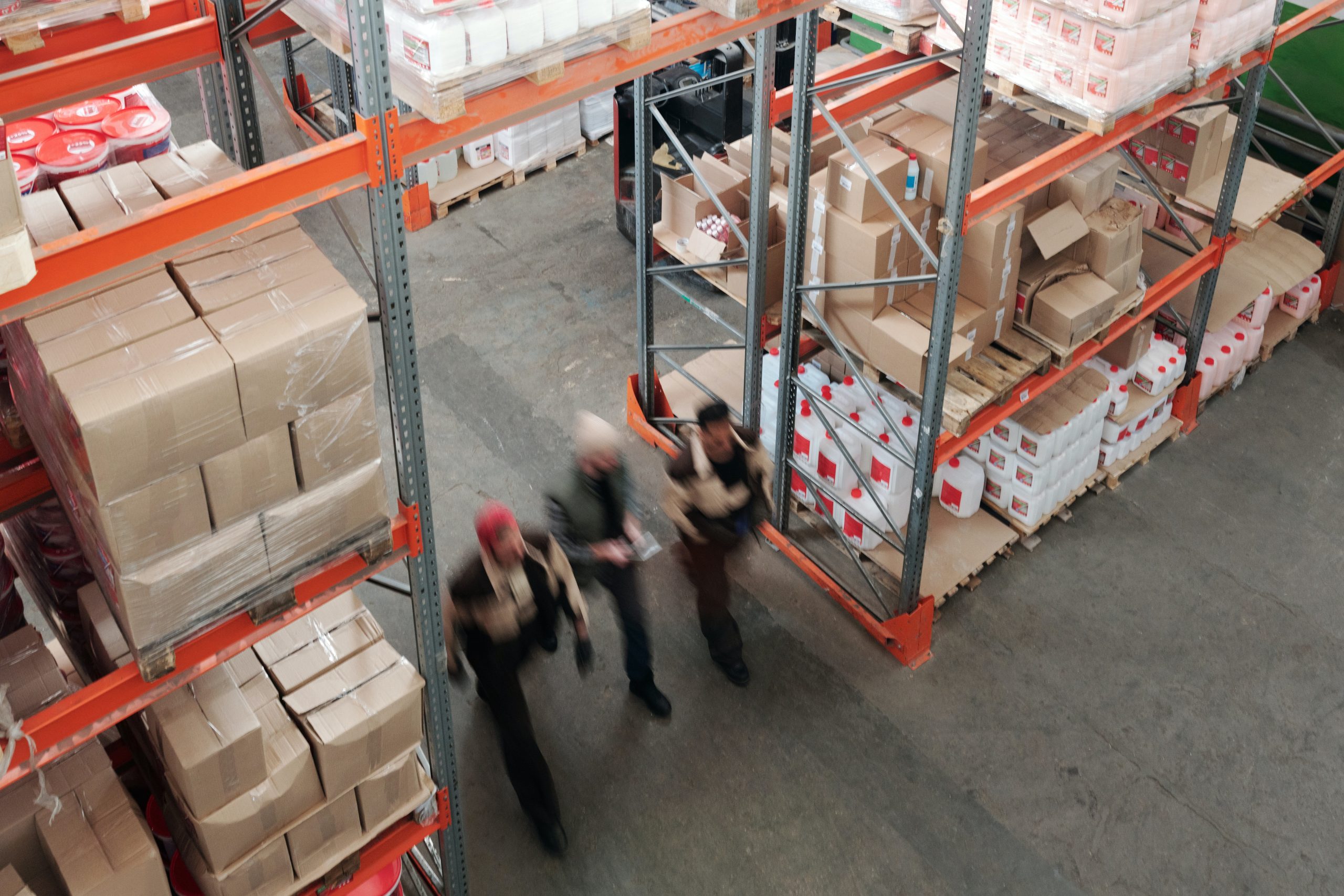
For many warehouse material handlers and owners, peak seasons are a time to celebrate. It’s a great time to make more money, but it’s also your operations team’s busiest time of year.
You don’t have to settle for less than the best warehouse material handling equipment in the Warehouse Industrial Parts. Contact us today via email at info@wiparts.net or call us at (844) 588-8455.
You may need some additional help with your order pallets during peak seasons, but where do you begin? Here are four questions that will help clarify what extra support might be needed and how much effort will be involved.
What is material handling in a warehouse?
Warehouse material handling refers to the equipment used to transport materials. Material handling equipment is responsible for transporting materials within a warehouse, whether in storage or moving from one place to another.
The material handling process can be broken down into four main areas:
- Lift Trucks: used to move materials within a warehouse, and they can be either battery-powered or diesel-powered
- Conveyors: designed to move materials evenly and steadily through a system of interconnected belts that rotate around a central hub
- Automated Storage and Retrieval Systems (ASRS): uses computer-controlled carts or robots to move items to different locations within the warehouse
- Order Fulfillment Processes: include anything from ordering raw materials to packaging and shipping the product to the customer
What is your current fulfillment process?
The first thing to do is learn all you can about the current fulfillment process. What is the throughput and cycle time of the process? What is your inventory turnover rate (ITR)?
The ITR should be one of your top concerns. If you’re wasting money on extra inventory during slow seasons, you’ll have plenty of excess pallet stock during peak seasons. In this case, you could end up paying for more warehouse space than necessary during periods of low activity.
It’s also important to understand the current state of your supply chain. How long does it take for products to move through your warehouse? What is the average time between order and delivery?
These metrics will help you determine how quickly you need to get new inventory into customers’ hands so they can use it.
What bottlenecks are impacting performance?
In most cases, bottlenecks are caused by one of two things: time spent picking or packing and physical space available to store inventory.
Picking and packing time is usually the most common bottleneck in a warehouse, but it can be challenging to identify. You can use software to help you monitor picking in real-time and ensure that your employees aren’t spending too much time on any task, causing them to miss their deadlines.
Finding out this information might require some experimentation with different metrics and settings. But once you have it under control, your efficiency will skyrocket!
In addition to monitoring picking speed within your facility, consider hiring outside contractors or other companies for seasonal peak volume periods such as Black Friday Sale and Christmas shopping season. This way, when demand increases, so does productivity without adding employees internally to keep costs down during busy times!
If space is an issue, try to use vertical storage wherever possible. It helps reduce the floor space required for storing inventory and makes it easier for employees to access items on high shelves or tall racks.
Also, consider placing smaller but similar items together so they can be packed together in one unit instead of spreading them throughout your warehouse. It keeps things organized and reduces the time spent searching for each item.
How can equipment be upgraded or adapted to help?
It’s a good idea to review the limitations of your equipment. Your current operations may be limited by a lack of equipment or inefficient processes, which can cause problems during peak seasons.
You should also consider how much time it will take to upgrade or adapt the equipment and what you can do to improve the equipment if necessary. You might need new technology for your operation to run smoothly, which will help with peak season concerns like space constraints and traffic jams.
If you plan on making changes, consider how much money can be saved by making changes instead of upgrading or adapting existing systems. Also, evaluate if any drawbacks might make those solutions less attractive than others.
Related blogs:
- What Are The Different Types of Material Handling Equipment?
- Simple Tips to Boost Your Material Handling Productivity
- The Benefits of Buying Material Handling Parts Online
Conclusion
With these questions in mind, you can determine how to meet your busy season’s KPIs as a warehouse material handler. You’ll also be able to work with your engineer and supplier to get the right equipment that fits your exact needs without wasting time or money on unnecessary features.
If you’ve got any questions about our warehouse material handling equipment, or if you’d like to purchase some, feel free to reach out! Contact us today via email at info@wiparts.net or call us at (844) 588-8455.
